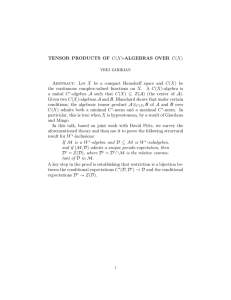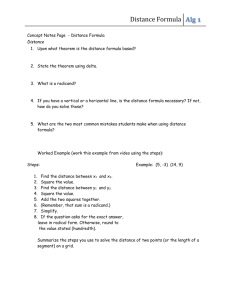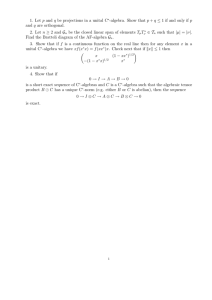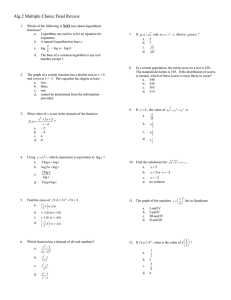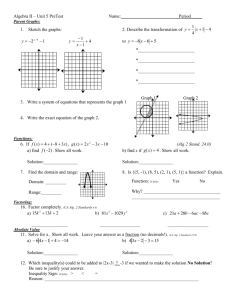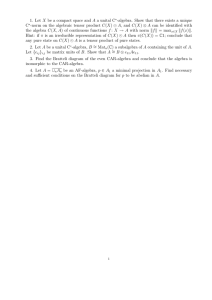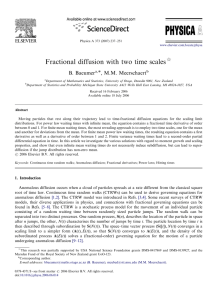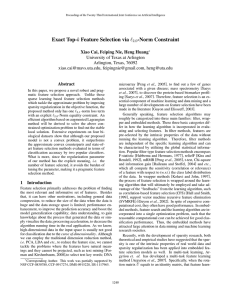1. Let A and B be C is a C
advertisement
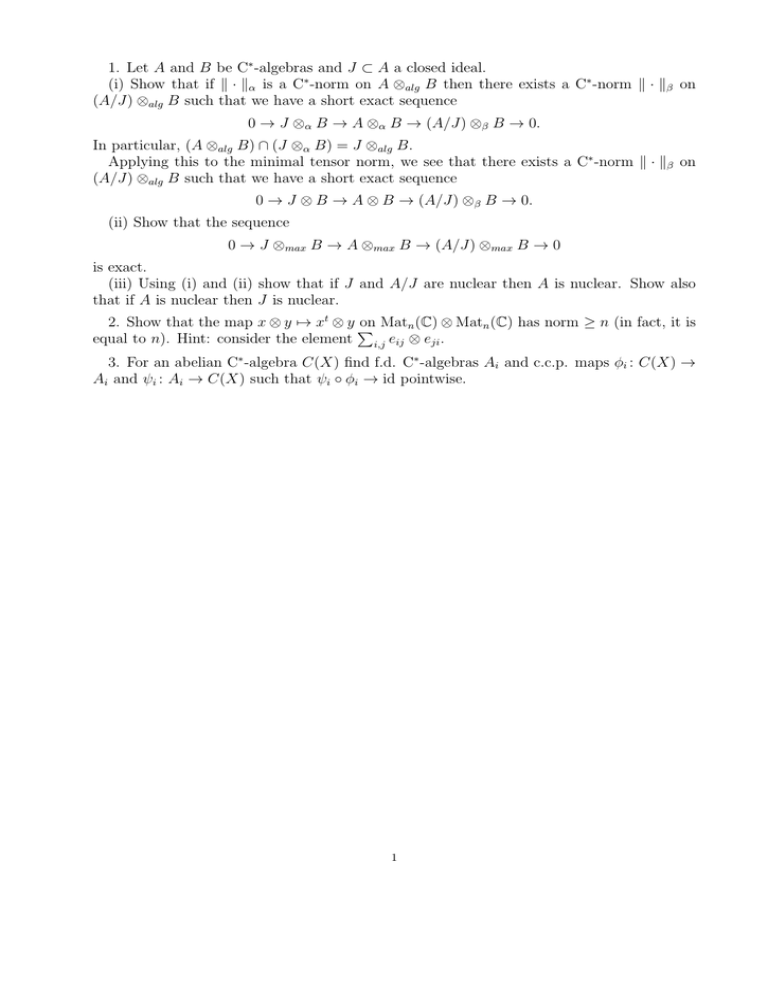
1. Let A and B be C∗ -algebras and J ⊂ A a closed ideal. (i) Show that if k · kα is a C∗ -norm on A ⊗alg B then there exists a C∗ -norm k · kβ on (A/J) ⊗alg B such that we have a short exact sequence 0 → J ⊗α B → A ⊗α B → (A/J) ⊗β B → 0. In particular, (A ⊗alg B) ∩ (J ⊗α B) = J ⊗alg B. Applying this to the minimal tensor norm, we see that there exists a C∗ -norm k · kβ on (A/J) ⊗alg B such that we have a short exact sequence 0 → J ⊗ B → A ⊗ B → (A/J) ⊗β B → 0. (ii) Show that the sequence 0 → J ⊗max B → A ⊗max B → (A/J) ⊗max B → 0 is exact. (iii) Using (i) and (ii) show that if J and A/J are nuclear then A is nuclear. Show also that if A is nuclear then J is nuclear. 2. Show that the map x ⊗ y 7→ xt ⊗ y P on Matn (C) ⊗ Matn (C) has norm ≥ n (in fact, it is equal to n). Hint: consider the element i,j eij ⊗ eji . 3. For an abelian C∗ -algebra C(X) find f.d. C∗ -algebras Ai and c.c.p. maps φi : C(X) → Ai and ψi : Ai → C(X) such that ψi ◦ φi → id pointwise. 1
